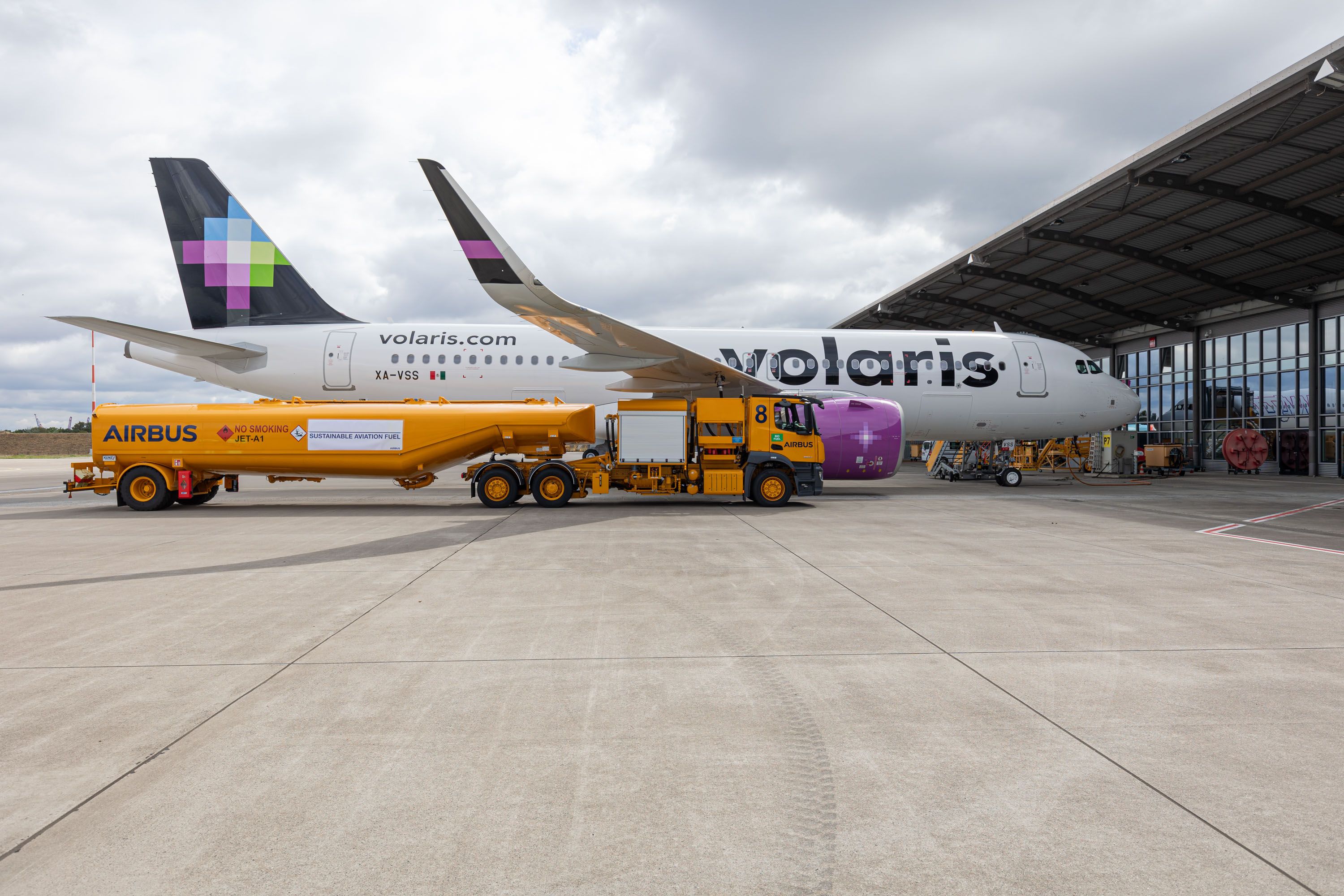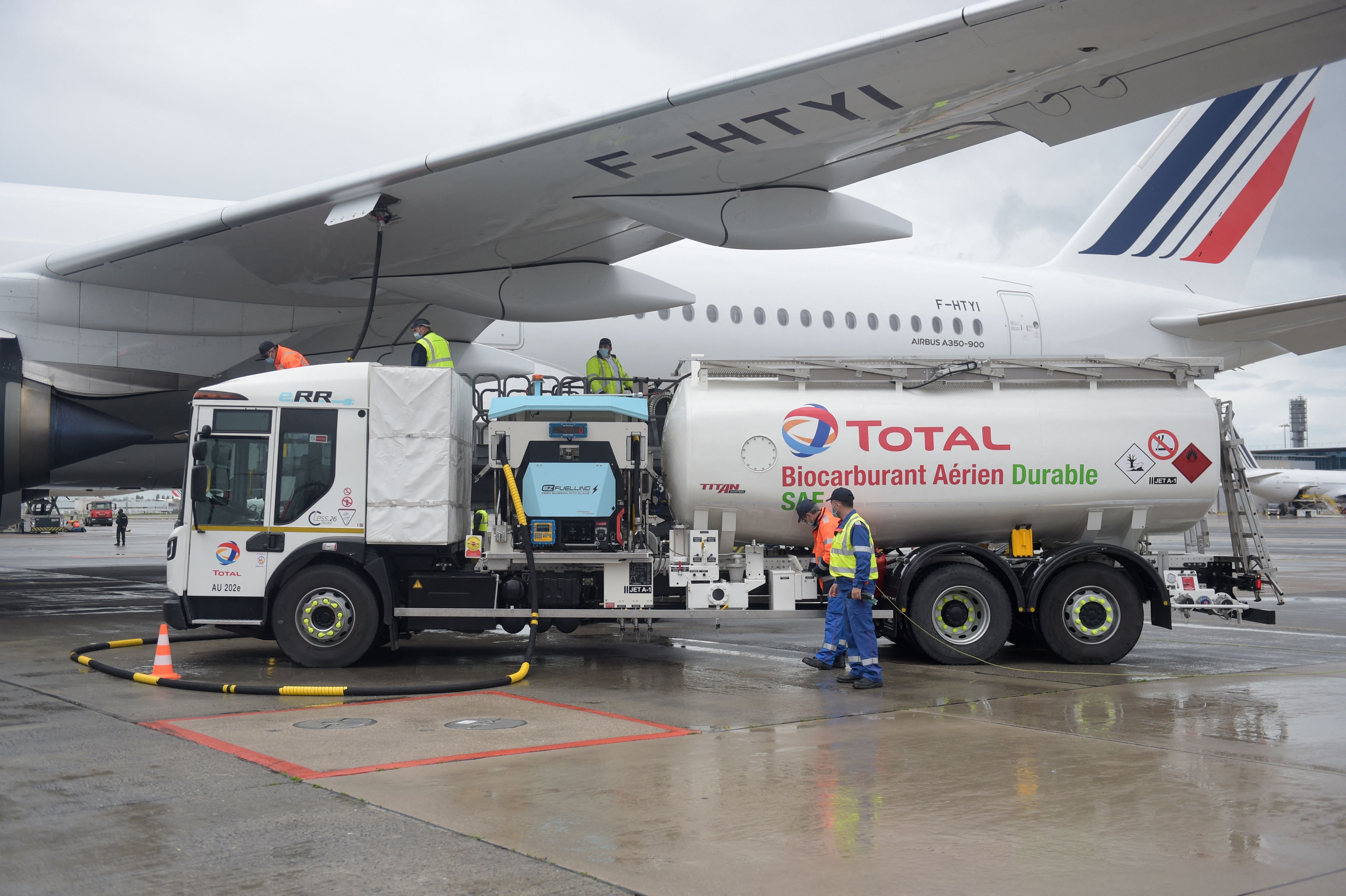The Latin American region could have the capacity to supply over 30% of the global demand for sustainable aviation fuel by 2030, therefore finding itself in front of a unique opportunity that shouldn’t be missed, said José Ricardo Botelho, Executive Director and CEO of the Latin American and Caribbean Air Transport Association (ALTA).
A great opportunity ahead
Sustainable aviation fuel (SAF) is a cornerstone on the route to meeting the environmental and sustainability goals set by the aviation industry to achieve zero net emissions by 2050. During its Aviation Law Americas 2022 event held between September 14 to 16 in Rio de Janeiro, Brazil, ALTA said the Latin American region could be a major provider of raw materials to produce SAF. The region also has the capacity to create the necessary jobs to supply future demand.
Brazil alone has the potential with its raw materials to supply over 30% of the global demand for SAF by 2030. “This is a great opportunity we cannot miss,” José Ricardo Botelho added.
Nonetheless, before the Latin American and Caribbean region can develop a SAF-producing industry, it requires cooperation between governments and the private sector and an efficient regulatory framework with legal certainty to attract investment. ALTA’s CEO and Executive Director added,
“The transition from hydrocarbon-based fuels to SAF requires creating a production and distribution chain from the ground up. Previously, it is necessary to align industry-government work, which is critical to achieving efficient policies, since it is necessary to have legal certainty that allows investments and the development of infrastructures that generate competitiveness.”
Little steps have been taken
The region has the greatest potential to produce SAF in the world. However, it still lacks the necessary infrastructure and legal framework to establish a production industry to meet local demand, let alone export SAF to other places in the world. Earlier this year, LATAM’s CEO Roberto Alvo said that approximately 70% of SAF currently comes from the United States, with the remaining 30% coming from Europe.
The challenges are massive globally. According to ICF, the global aviation industry will need 330 to 445 million tons of SAF per year, the equivalent of 180,000 Olympic-sized swimming pools. Currently, SAF production is less than 0.01% of global jet fuel consumption. This has led to prices being between 300% and 600% higher than current fuel prices, making it unsustainable for the aviation industry to use SAF on a larger scale.
Discover more aviation news here!
SAF’s importance in the future
If the aviation industry wants to meet its net-zero targets, then SAF is the most important thing to promote in the coming years. According to the International Air Transport Association (IATA), SAF will contribute around 65% to achieving net-zero carbon in 2050. New technologies, improvements in infrastructure and operations, and offsetting carbon emissions will contribute to the remaining 35%. “We, therefore, need the support of governments in ensuring the adoption of a long-term objective during the next ICAO assembly for the implementation of a harmonized policy and common objectives on our decarbonization goal," said Pedro de la Fuente, IATA’s External Affairs & Sustainability Director at Rio de Janeiro.
Do you think Latin America could become a leading producer of SAF in the future? Let us know in the comments below.
Source: ALTA.


(1).jpeg)
